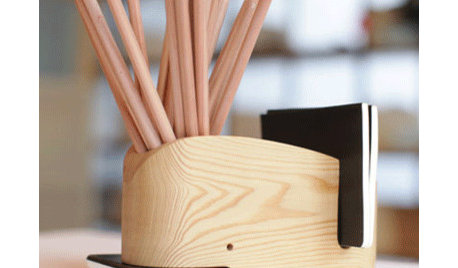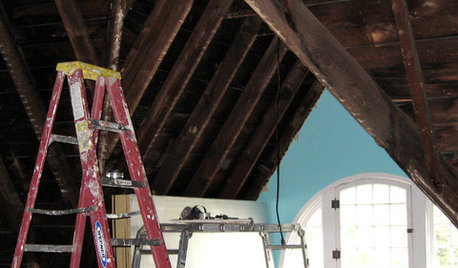this is what you get when you ask someone to pick a tree for you
ken_adrian Adrian MI cold Z5
12 years ago
Related Stories

SELLING YOUR HOUSE15 Questions to Ask When Interviewing a Real Estate Agent
Here’s what you should find out before selecting an agent to sell your home
Full Story
KITCHEN DESIGN9 Questions to Ask When Planning a Kitchen Pantry
Avoid blunders and get the storage space and layout you need by asking these questions before you begin
Full Story
REMODELING GUIDES9 Hard Questions to Ask When Shopping for Stone
Learn all about stone sizes, cracks, color issues and more so problems don't chip away at your design happiness later
Full Story
ORGANIZINGGuest Picks: Get Your Life in Order
When there's a place for everything, keeping everything orderly is a far easier feat
Full Story
SELLING YOUR HOUSEFix It or Not? What to Know When Prepping Your Home for Sale
Find out whether a repair is worth making before you put your house on the market
Full Story
REMODELING GUIDES8 Lessons on Renovating a House from Someone Who's Living It
So you think DIY remodeling is going to be fun? Here is one homeowner's list of what you may be getting yourself into
Full Story
MATERIALSWhat to Ask Before Choosing a Hardwood Floor
We give you the details on cost, installation, wood varieties and more to help you pick the right hardwood flooring
Full Story
FLOORSWhat to Ask When Considering Heated Floors
These questions can help you decide if radiant floor heating is right for you — and what your options are
Full Story
SMALL HOMESAsk an Expert: What Is Your Ultimate Space-Saving Trick?
Houzz professionals share their secrets for getting more from any space, small or large
Full Story
CHRISTMAS TREESGuest Picks: Christmas Tree Skirts for Every Style
Let's not skirt the issue: Christmas trees look more polished when the base is dressed
Full StorySponsored
Custom Craftsmanship & Construction Solutions in Franklin County
More Discussions








wisconsitom
wisconsitom
Related Professionals
Danbury Landscape Architects & Landscape Designers · Norfolk Landscape Architects & Landscape Designers · Comstock Park Landscape Architects & Landscape Designers · Edmond Landscape Contractors · Edmond Landscape Contractors · Damascus Landscape Contractors · Hampton Bays Landscape Contractors · Mastic Beach Landscape Contractors · Crowley Landscape Contractors · Rosemont Siding & Exteriors · Conyers Siding & Exteriors · Riverside Siding & Exteriors · San Jacinto Siding & Exteriors · Dracut Decks, Patios & Outdoor Enclosures · Palmetto Decks, Patios & Outdoor Enclosurespineresin
Toronado3800 Zone 6 St Louis
whaas_5a
wisconsitom
Toronado3800 Zone 6 St Louis
Toronado3800 Zone 6 St Louis
ken_adrian Adrian MI cold Z5Original Author
terrene
whaas_5a